How to grow broccoli?
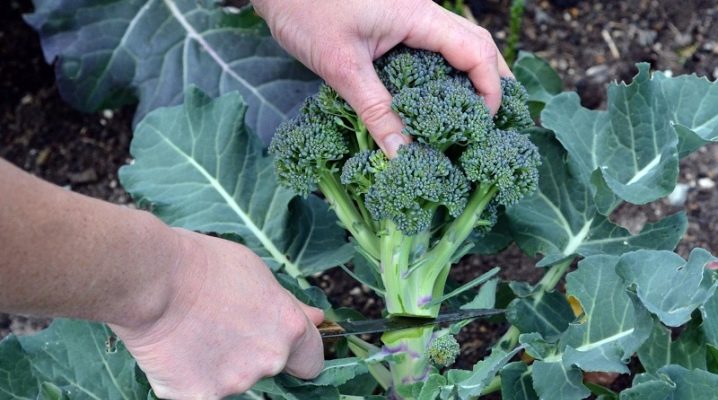
Broccoli is a culture that has been popular for centuries. It was used in cooking by the ancient Greeks and Romans. Today this cabbage has not lost its popularity, because it tastes good and is a valuable source of nutrients. Therefore, many want to grow it. The features of growing this culture will be discussed in the article.
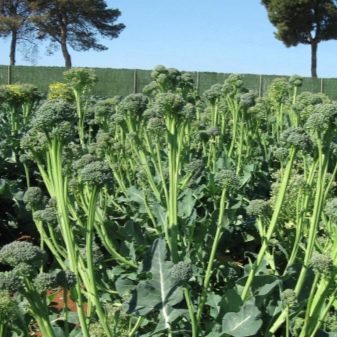

Growing seedlings
Most often, broccoli is grown by seedling at home. This allows you to accelerate the ripening of the crop, and such cabbage sprouts faster. For planting, you can choose between conventional and hybrid varieties. The former have less immunity to disease and are generally less hardy, but the seed can be prepared independently. The second, marked F1, are hybrid. They hardly get sick, but the seeds are empty. Such material will have to be bought again every year.
It should be noted that broccoli is a rather capricious plant to the climate. Unlike most cultures, it doesn't like warmth too much. If the air temperature rises above 25-26 degrees, the cabbage heads begin to deform, the appearance will not be too marketable. Therefore, plants thrive best in cool regions, for example, in Siberia. However, broccoli can also be grown in the middle lane.
You can plant it at different times. If you want to harvest an early harvest, then the seeds are planted at the end of winter. They are moved to open ground in April. For the summer harvest, seeds are sown in May, and transferred to the ground in June.
To harvest broccoli in the fall, seed begins to grow in June, and is carried out to the beds in July.
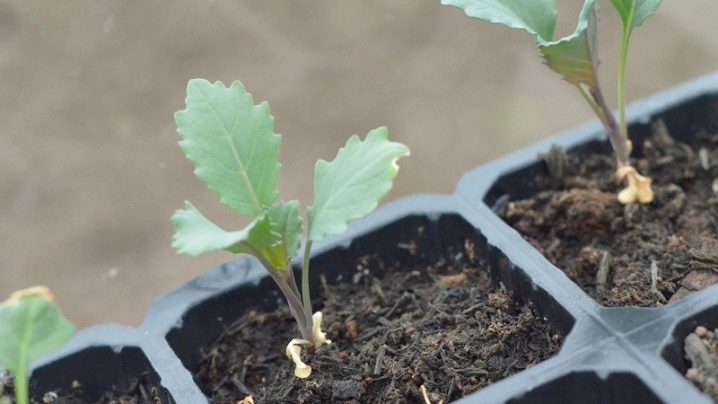
Preparation
Seeds that are purchased in stores and have already been processed do not need preparation. But if you collected them at home, on your site, then you will need to conduct several events.
- Selection... Inspect the seed, remove the smallest seeds, as well as those that show signs of deformation. Immerse the grains in a salt solution, dispose of the floating samples.
- Disinfection... Make a pale pink manganese solution and soak the seeds in it for a quarter of an hour. Then wash and dry.
- Stimulation... Cabbage grows much better if stimulated in advance. To do this, take "Epin" and make a solution according to the instructions. In this composition, the seeds should lie for half a day.
- Drying... The processed grains are dried on a clean cloth in a cool, ventilated place. They will then be ready for sowing.
In order for the seedlings to grow and develop correctly, they need suitable containers. You can choose plastic or wooden boxes, cans. But experts in this field highly recommend peat cups. The fact is that broccoli is extremely bad for picking. After it, the plants can wither and hurt, not take root in a new place. The soil is useful purchased or made on your own. If the second option is chosen, then the garden soil, humus, sand and peat are mixed in equal shares. The resulting substrate is calcined in the oven a couple of weeks before planting the seedlings.
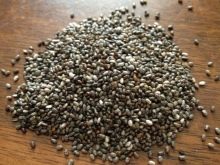

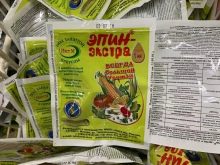
Landing
Broccoli seedlings can only germinate if the seeds are planted correctly initially. Let's see how to do it step by step.
- Disinfect the planting containers, then punch the drain holes at the bottom. Spread a thin layer of gravel or expanded clay, you can take fragments from other flower pots.
- Fill the container with earth, not reaching the top of 2 centimeters.
- Make grooves in the substrate at a distance of 3 centimeters from each other. The depth of such holes should not exceed one and a half centimeters. The seeds are placed there, then covered with a substrate, slightly pressed down.
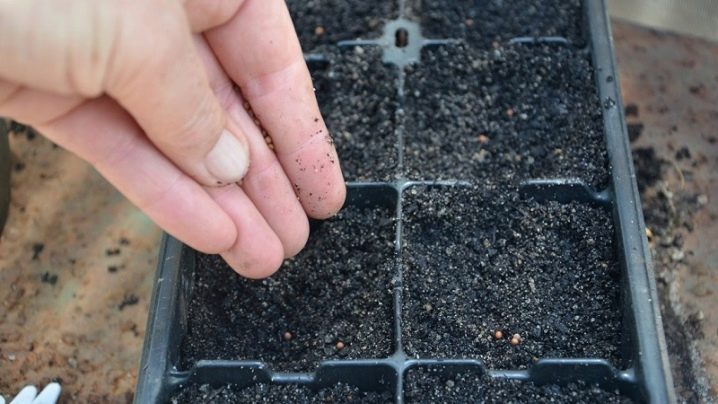
Care
The planted seedlings must be properly looked after. There are several recommendations for summer residents here.
- Immediately after planting, the substrate must be moistened with a spray bottle. The container is tightened with foil or covered with glass. They are placed in a dark place with a temperature of 20 degrees. Every day, the glass is removed for a couple of minutes, ventilating the ground and checking its moisture content. They get rid of the shelter after the emergence of shoots.
- It is most convenient to place the landing boxes on the windowsill or on the balcony. After the sprouts appear, they will need a lot of light. The temperature should be gradually brought to +10. You can increase it again in a week, bringing it to 15-20 degrees Celsius.
- The substrate in which the seeds grow should always be moist, but not flooded with water. You need to water it about once every couple of days using a spray bottle.
- In the initial stages of seedling growth, some fertilizers can be offered. It is best to take complex mixtures for cabbage, everything is already ready there in the right proportions. You can feed twice: 21 days after breaking through the shoots and 10 days after the first feeding.
- Two weeks before transferring to the garden, the seedlings are hardened. Gradually they are taken out into the street, at first for a short time, literally for half an hour, and then the time spent in the fresh air is increased.


Landing in the ground
Seedlings are planted in open ground, which have turned a month or a half. Each bush should have 5-6 strong leaves without yellowness. It is impractical to pull with the planting further, since in this case the seedlings will stretch out and may not take root. The day chosen for planting must be overcast. The place for broccoli is chosen sunny, well-heated, without through winds. You cannot plant cabbage in the shade, this is a direct path to the development of fungi. When planting, it is important to consider crop rotation. It is impossible for tomatoes, beets, turnips with radishes to grow in the area chosen for broccoli last season. A particularly bad predecessor is the cabbage itself. But after legumes, cucumbers, carrots, potatoes and onions, the plant will quickly grow. It's important to take care of your neighbors too. The correct arrangement of crops will save space.
In addition, plants that have good compatibility can even protect each other from certain pests. You can plant herbs such as parsley, lettuce, and sage next to broccoli in the same garden. Cabbage will feel very good in the company of onions, potatoes and carrots. But it is better not to plant it next to strawberries and other berries. The same rule applies to tomatoes and legumes. It is recommended to clean the broccoli planting area in the fall. The land is plowed deeply, all the plant remains found are removed and burned. In the fall, it is required to add nitrophosphate (40 grams per square meter) to the soil, a small amount of boron. In the spring, the soil is dug up again, and now 5 kilograms of compost and a glass of wood ash are added per square meter.
Consider landing in stages.
- The planting zone is leveled with a rake, then holes are dug, the distance between which will be 0.3 meters. When planting cabbage in rows, the gap between the latter should be 0.5 m.
- Wells are well watered. If you want to carry out additional disinfection, then add "Fitosporin" to the water.
- The seedling is carefully removed from the planting container along with the roots, and lowered into the hole. If the plants were in peat cups, then they are not removed from them.
- The ground is covered just above the growing point, while the foliage should remain open. Lightly tamp, water, add dry substrate and mulch. At this point, the planting of sprouts can be considered complete.
Important: during planting, you cannot pinch the root. This is very traumatic for plants.
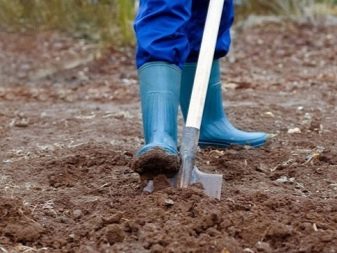
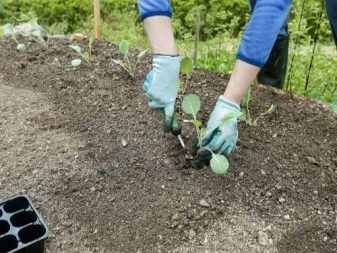
Caring for cabbage in the garden
It's easy to grow good broccoli after planting, the hardest part is over. However, we will still highlight some recommendations on agricultural technology. Broccoli loves moisture very much. If it rains frequently in summer, there is practically no need for moisture. But rainy summers are much less common than dry summers. In this season, watering should take place daily, in the morning or evening. The culture will also respond well to humidification from a spray bottle. You can also put cans or bowls of water on the plantation. This will also increase the humidity in the air. It is worth remembering that cabbage will not give a good harvest with a lack of moisture. Her heads will grow small and crooked.
Special attention should be paid to top dressing. The first fertilizer is given when the seedlings are still at home, we have already talked about it. The second feeding is carried out 14 days after planting. Slurry diluted with water (1:10) and supplemented with superphosphate (50 grams) is perfect. Top dressing is carried out by irrigation. As soon as the inflorescences begin to form, this will be a signal that it is time to add boron. You need to take half a teaspoon of boric acid and stir in 20 liters of water. Each bush in the country will take a liter of such liquid. As for tying the heads, this process should also be taken under control. A solution is made consisting of superphosphate (20 grams), ammonium nitrate (10 grams), potassium sulfate (30 grams) and water (10 liters). A liter of composition per bush will be enough to make a strong and beautiful head.
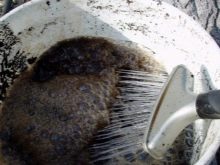


Loosening is another important process when growing broccoli.... It allows oxygen and water to penetrate to the roots more easily. Initial loosening is carried out 14 days after planting the shoots in the ground. Then it is loosened quite often, after each watering. For work, it is better to use a mini-rake, you cannot go deep into the ground. If weeds have grown since the previous loosening, then they are removed.
Broccoli bushes need to be spud... In this case, the ground must be dry. The technique is as follows: with the help of a ripper or a rake, they take the earth between the rows and roll it to the bushes, without covering the lower leaves. Hilling begins 21 days after planting and continues to do this every 10 days. Grooves are dug nearby for irrigation. You do not need to form plants, tie them up too.
As for growing in a greenhouse or greenhouse, the agricultural technology is the same here. It is important to fertilize, water, loosen and huddle cabbage bushes on time. However, the greenhouse always heats up more, and this must be taken into account. Therefore, the soil will dry faster. Greenhouse doors must be opened frequently for ventilation. In general, it is recommended to grow broccoli in greenhouses only in early spring, then the plants can be hot there, especially if the season is dry. It is worth focusing on the climate.
Tip: Broccoli feels better outdoors, but if the temperature rises above 27 degrees, the plants may start to suffer from the heat. It is better to cover them during especially aggressive sun hours.
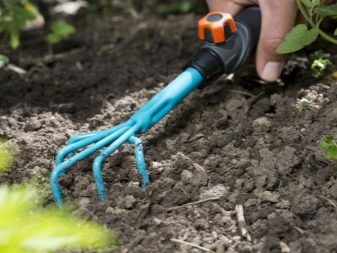
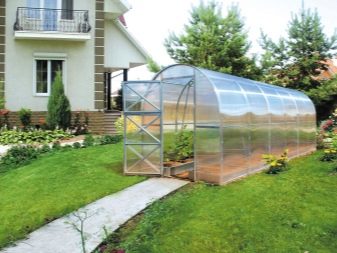
Diseases and pests
Broccoli is a fairly hardy plant, so with good care, it rarely causes problems for gardeners. But it is still not insured against diseases.
- If the seeds are not treated before planting, and also have not paid attention to the proper preparation of the site, the black leg can affect the plants. This is one of the most dangerous diseases for which there is no cure. The stalk of the cabbage darkens, becomes unpleasantly moist and soft. Easily comes out of the ground with a blackened root. The affected bushes must be immediately removed from the site, and the remaining ones should preferably be transplanted onto disinfected soil or at least spilled with manganese and other disinfectants.
- If the heads are not tied, and the plant itself looks weak and sluggish, it may have gotten sick with a keel. It is possible to determine the disease only when removing the bush from the soil. The roots will be covered with growths.It is very difficult to cure keila, but you can try drugs such as Previkur, Fundazol.
- If the leaves turn yellow from the upper side, and from the bottom they are gray and blotted, then this is exactly powdery mildew. Such a fungus loves dense plantings and an abundance of moisture.
However, the disease can be cured quite quickly, you just need to use one of the strong fungicides.

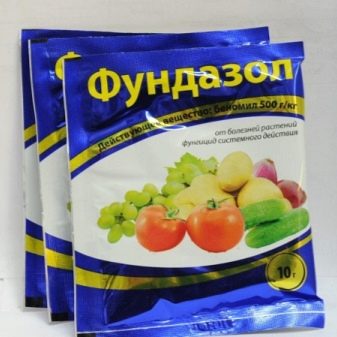
These are not all ailments that broccoli can be susceptible to. But these are the most common. In addition to them, cabbage can affect:
- alternaria;
- dry rot;
- mucous and vascular types of bacteriosis;
- black ring spot;
- downy mildew.
Cabbage beds are often visited by slugs and snails. To protect the plantation from an unpleasant neighborhood, it is enough to mulch it with coniferous needles or sprinkle it with crushed eggshells. In addition to slugs, tender heads of cabbage often become a delicacy for caterpillars. Until the parasites have multiplied, they can be driven away with tobacco dust, infusion of tomato tops, red pepper. Planting a number of mint, onion, and garlic helps very well. The aphids that appear are destroyed with an infusion of garlic, laundry soap, wormwood. From the dominance of pests, insecticidal preparations are used.
It is also worth noting that a change in the appearance of a bush does not always indicate disease. For example, if the foliage has turned yellow, then this is not always a sign of powdery mildew. Perhaps you just do not adhere to the watering schedule or forgot to feed the bushes on time. Small inflorescences indicate that the cabbage is hot. They must be cut before the flowers bloom. Excessive heat is also evidenced by the appearance of mucus on the inflorescences. If holes appeared in the stems, in which moisture began to accumulate, then the reason for this was the lack of boron.

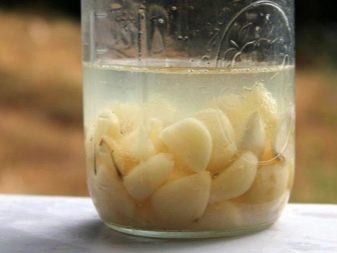













The comment was sent successfully.